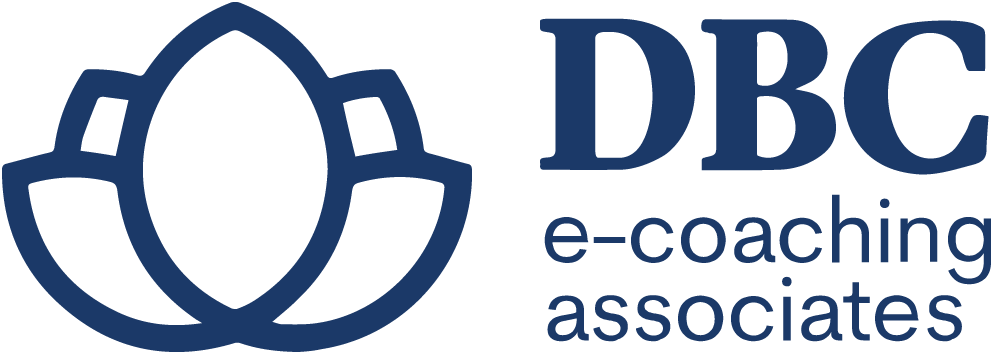Like the education sector, the field of management has seen successive operational trends across decades. Nowadays, we see a particularly interesting, and yet disturbing turning point, in that it raises questions about all the standard codes in “top down” management and the “French bureaucracy” model.
A new human approach is being advocated in organisations, and in doing so, it restructures the managerial charts for better, and sometimes also for worse.
For a long time now, the manager was Everything: one who knows, leads, parents, advises, protects, and who sometimes does, and the list goes on. From this omnipresent and omnipotent leader, we have inherited pyramidal models where the boss has to be strong, fair, visionary, and directive. The “Leader who leads from the front or by example” – as the Anglo-Saxons call it – does not go weak and does not falter. This definitely creates standardised systems that are a little rigid, systems wherein the employees perform under a division of role fixed for them. To dare to do something does not come so spontaneously in these systems. The right to make mistakes is limited and one hesitates to initiate or create something. The collaborator often has the assistance of the protective and all-powerful leader.
This model has been put through tough challenges in recent years, notably in organisations that are increasingly learning-oriented. In these organisations, we prefer the “Leader who leads from behind” model. This leader guides and facilitates, and is no longer a super-hero. He is even fallible because he is also learning. He must facilitate free-flowing creative energies, team initiatives, etc. He must give space to others, particularly in terms of initiative and responsibility. It is the end of the parent-like “high post”, now giving way to the collective intelligence. He is no longer the only one who has all the knowledge!
A new manager is born. A more humble, more accessible one who knows how to put himself behind the teams and give them the freedom to progress, create, and take initiative. He empowers and guides in skill enhancement. This paradigm shift can be summarised by an acronym: BACCE.
- B for Benevolent, because the leader has a positive vision of his teams, he builds a framework that allows his collaborators to make mistakes, to try and test.
- A for Accompanying guide, because he helps others in enhancing their skills. He advocates and masters delegation of work, with a view to further the potential of his collaborators. We call him Manager as Coach.
- C for Confident, to the effect that he has confidence in himself, which prevents him from getting defensive. He takes responsibility, and he also easily questions himself because he accepts his own fallibility. He sometimes acknowledges his mistakes, which helps in developing a culture open to errors. He trusts others, obviously, and puts them before the challenges of the organisation so that they grow.
- Another C for Congruent to the effect that he is aligned with his values and his principles in life. He says what he does and does what he says. He is ethical and fair with everybody.
- Lastly, E for Empathic because he is open to listening, he understands but does not feel sorry. He is tolerant and encouraging. He is capable of sensing the pulse of the atmosphere and the wellbeing of his team. He stays vigilant and regularly gives positive and authentic feedback.
Understandably, all of us do not have the same capabilities to develop this attitude. To add to that, nowadays, we see great disparity and a vast multitude of approaches in the organisational world. While some structures, such as many start-ups, are born out of this learning-oriented culture, others have started much later and are in the process of changing this paradigm and even the DNA. That takes time. In the latter case, the BACCE managers rub shoulders with the more conventional ones, and sometimes this creates a culture involving two different paces, thus bringing in its own set of misunderstandings. Some structures also find it difficult to make a real choice and continue to encourage both the modes, which can create uncertainty and anxiety in collaborators and even in managers. Lastly, some structures are not planning to take the big leap and are even wary of the new model, which is perceived more as the latest trend rather than new, effective knowledge.
In any case, it is important to carry out a situational analysis and include all the hierarchical stages in this process of change in order to claim success in this big step. Also, situational management teaches us that this model is not suitable in all the situations. It is luring to think that it is suitable for all structures, in all situations, and for all types of human resources. In fact, a more conventional form of leadership will be required in environments wherein the stakes are high given the market-shares required to be gained or retained, or in a particularly hostile or a crisis-like situation. A not-so-mature team with fairly limited skills in their field of activity will also require more of structuring in the beginning. To put it briefly, do not apply BACCE management techniques without verifying that the situation and the team are suitable for it, otherwise this attitude might be seen as carelessness, thus creating a lot of anxiety for your teams.




